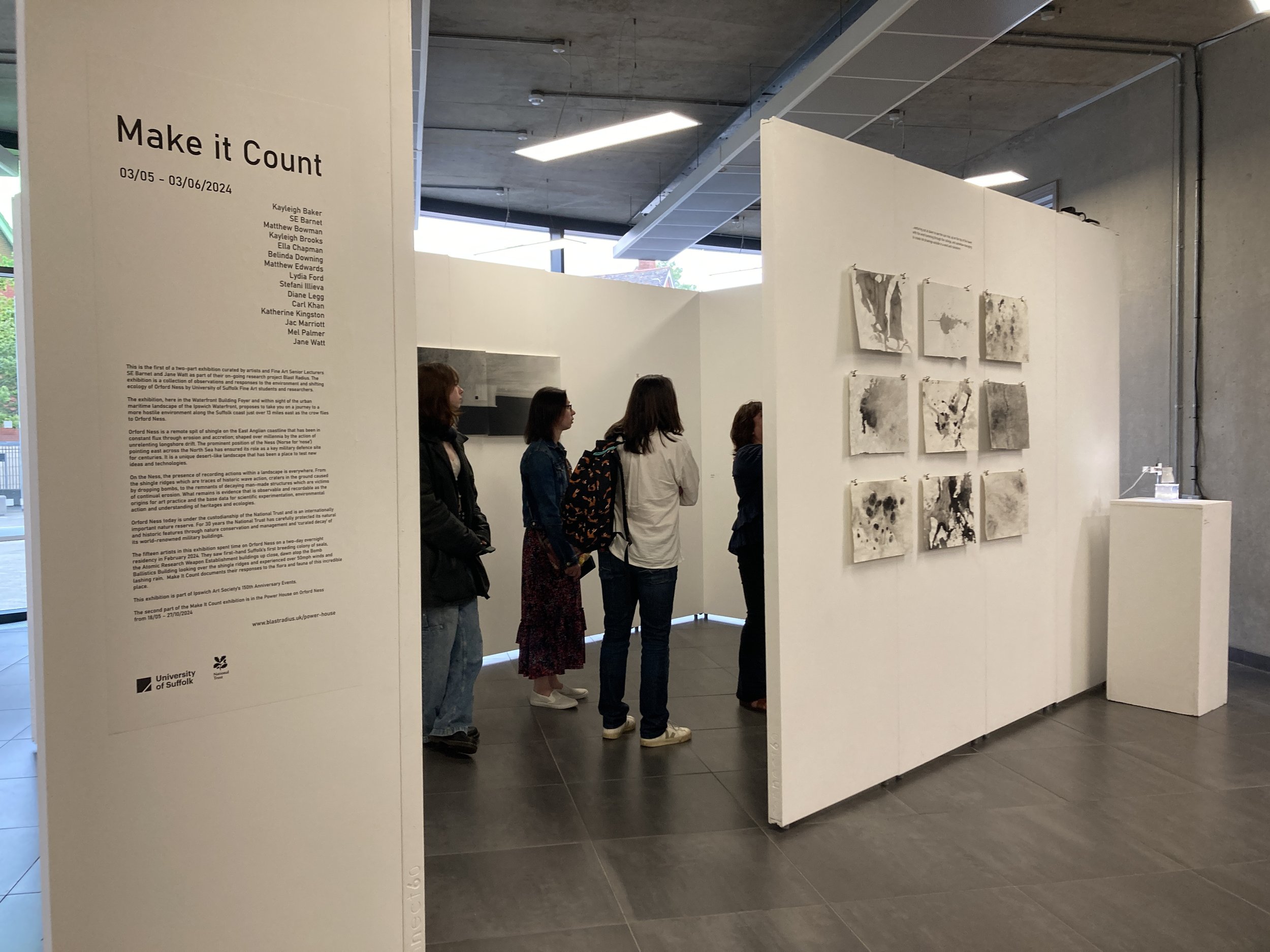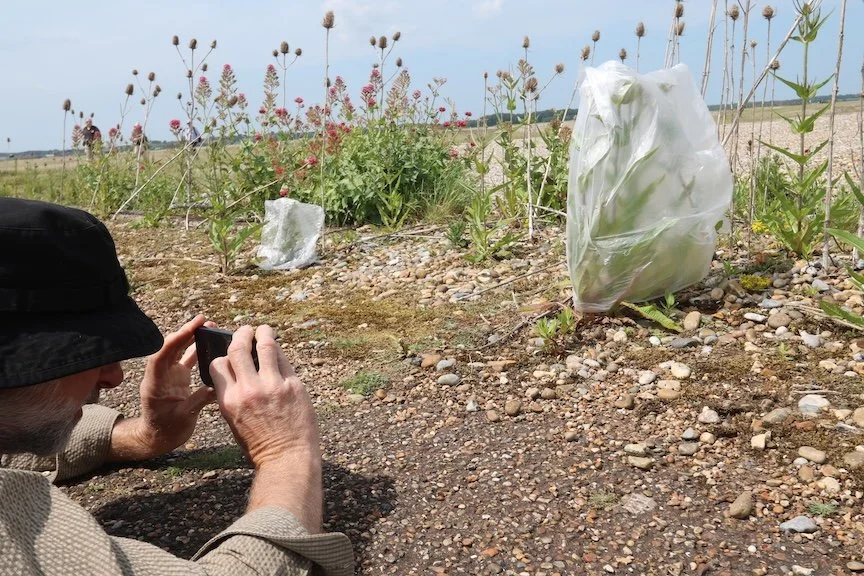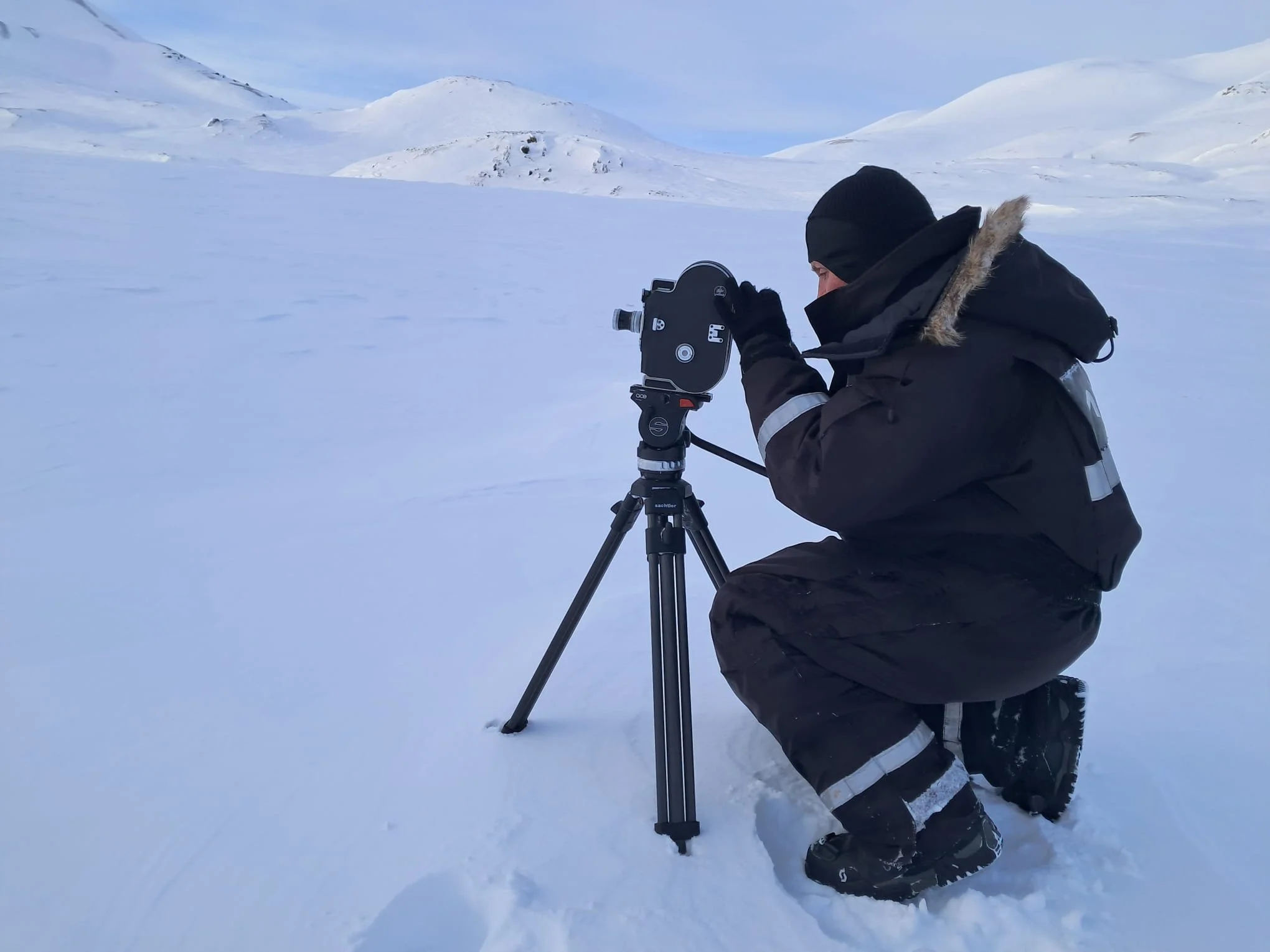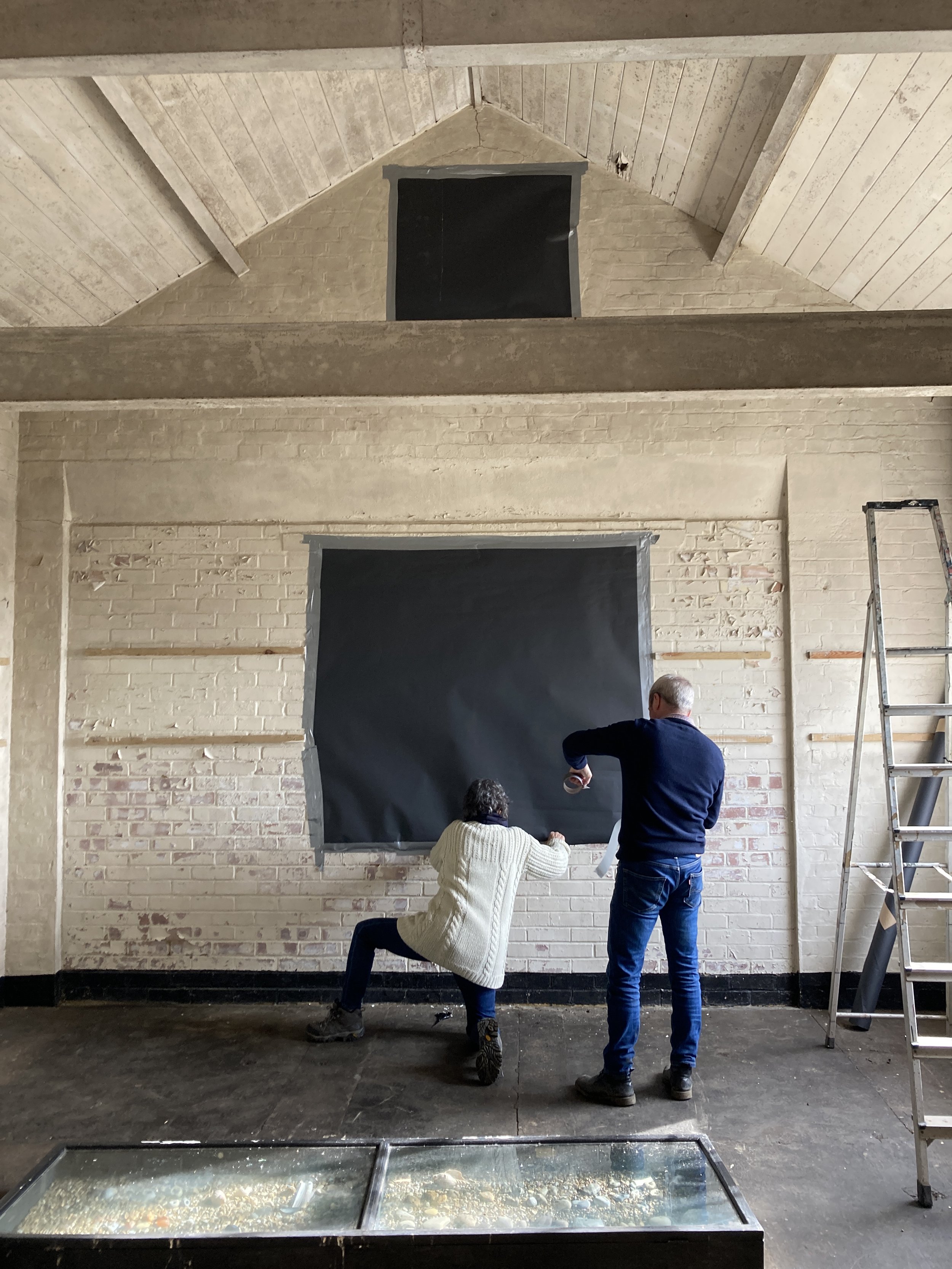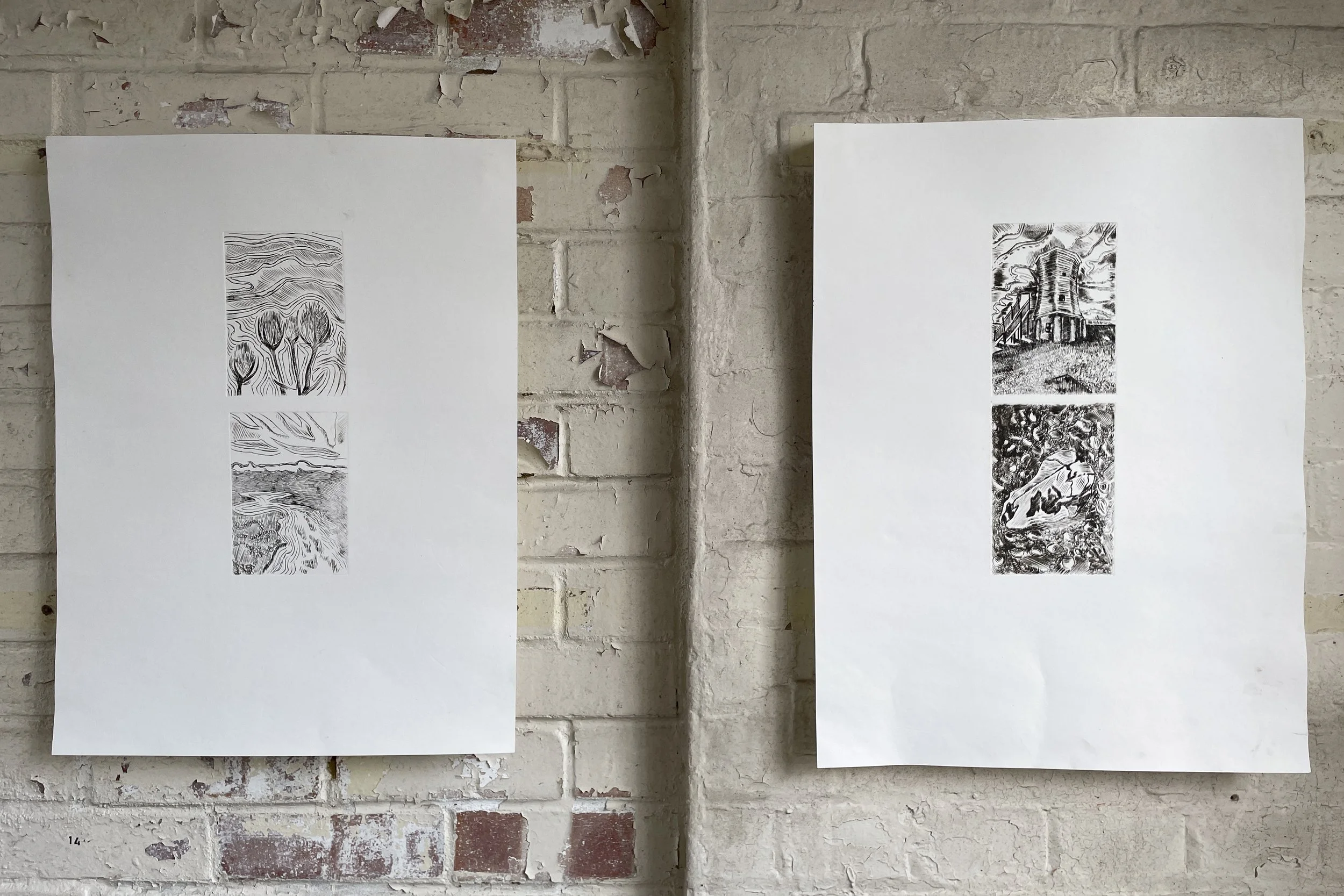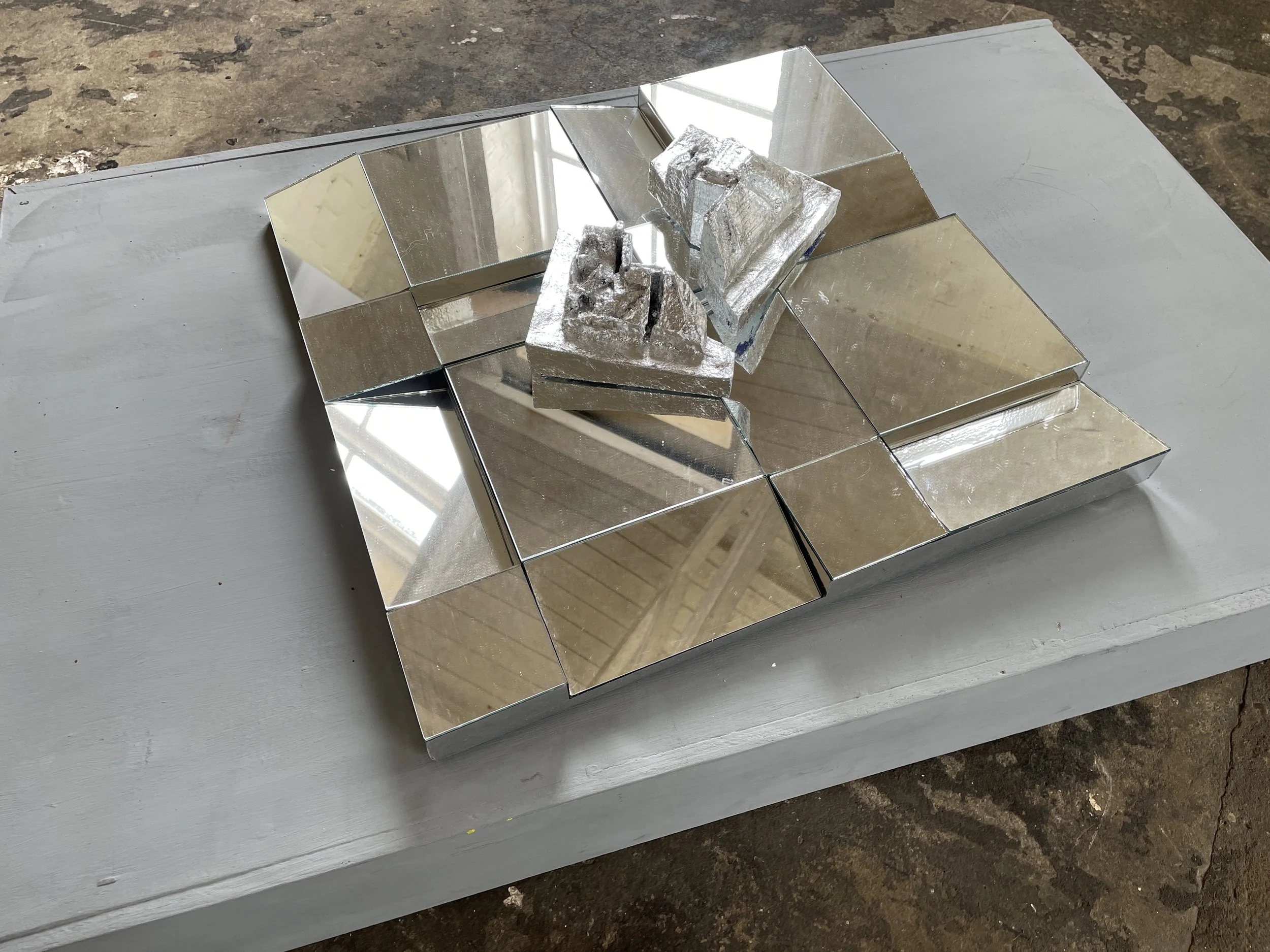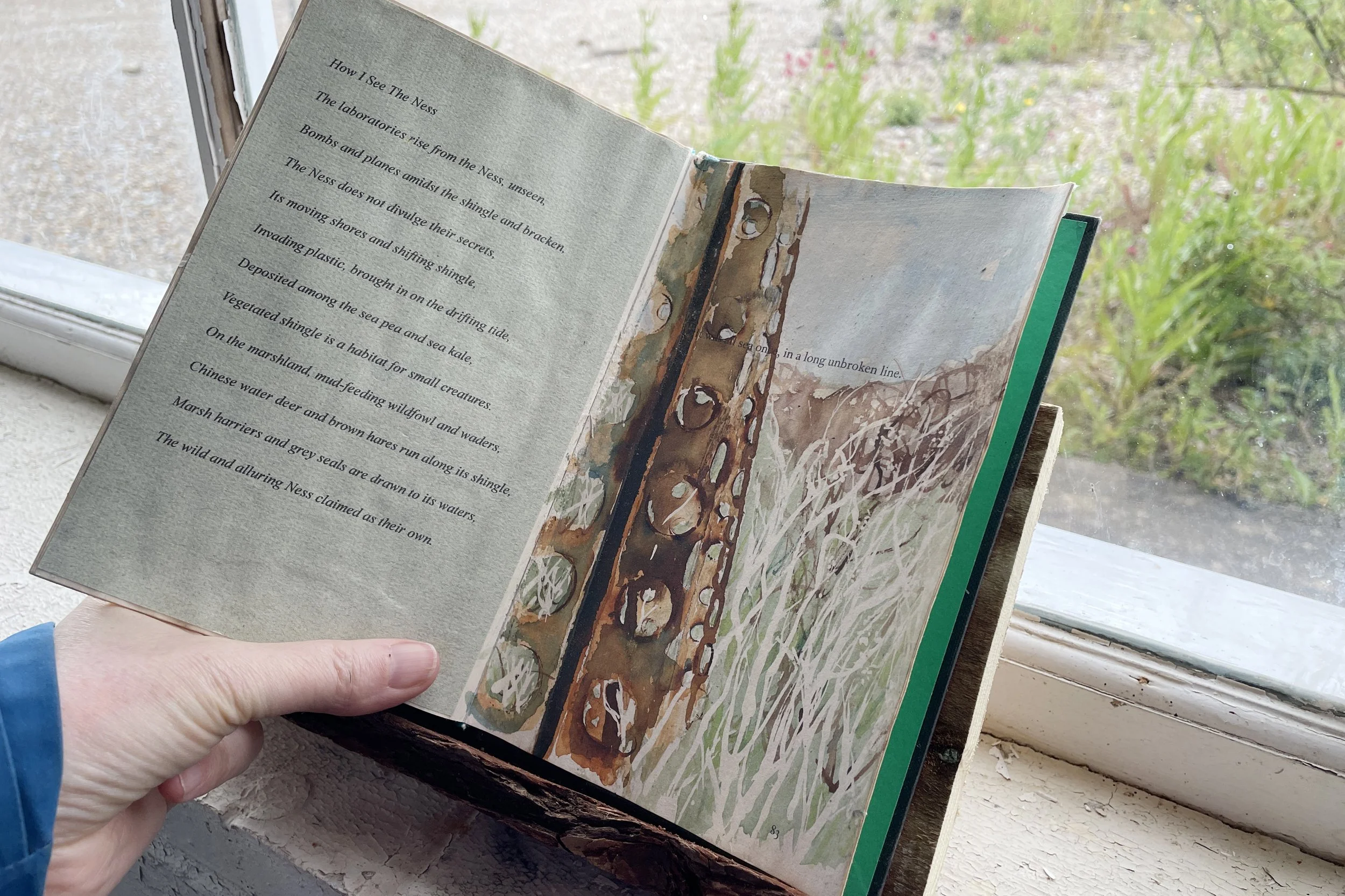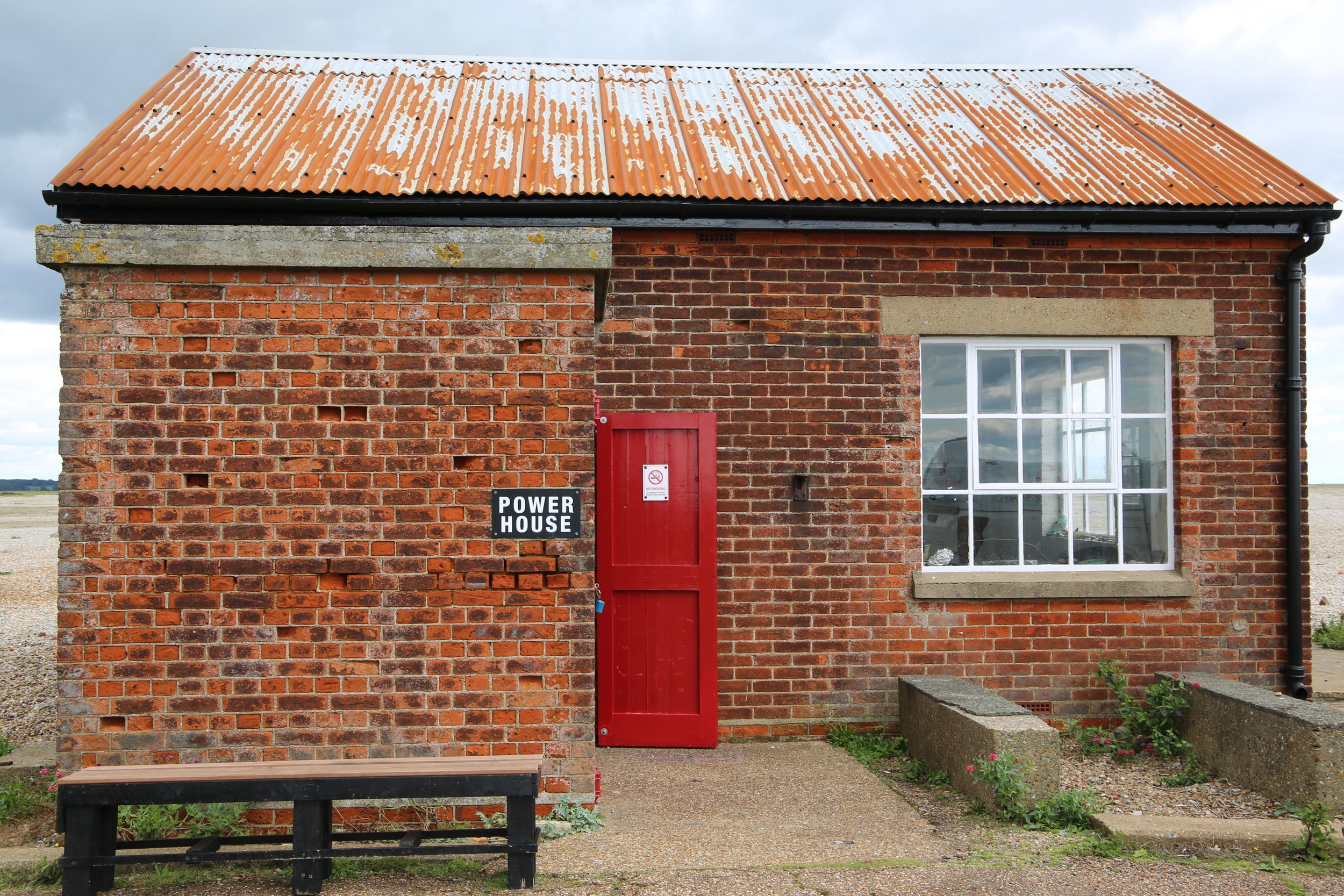
Power House is a new long-term creative art lab led by Susan Barnet and Jane Watt in collaboration with The National Trust Orford Ness. The artists are using the former Power House next to Black Beacon as a new art space for experimentation and public presentation of archival, current and future research about the unique heritage, ecology and geography of Orford Ness.
On the Ness, the presence of recording actions within a landscape is everywhere. From the shingle ridges which are traces of historic wave action, craters in the shingle caused by dropping bombs, to the remnants of decaying man-made structures which are victims of continual erosion. What remains is evidence that is observable and recordable as the origins for art practice and the base data for scientific experimentation, environmental action and understanding of heritages.
The Power House’s location, with views across the shingle ridges, looking north, east and south to the shifting coastline of the Ness provides context for a series of Power House creative projects led by Barnet and Watt that seek to engage and present ideas on themes such as: coastal climate change; the Eastern Flyway and migratory routes; botanical collections and data collection.
As Orford Ness Power House Artists-in-Residence over an extended period of time, Watt and Barnet draw on the ethos of the Ness’ heritage and its creative and innovative experimentation.

Research Art Lab
28/04 - 26/10/2025
Research Art Lab is inspired by the creative spirit of invention that took place on Orford Ness in the twentieth century. Throughout the 2025 season, eleven artists are using the Power House building as a temporary studio laboratory to experiment and test new ways of working based on active research around Orford Ness and engaging with its shifting ecology and heritage.
The artists are: SE Barnet, Jac Campbell, Sara Heywood, Ann-Marie James, Mahal de Man, Hillary Mushkin, Emily Richardson, Srinivas Surti, Jevan Watkins Jones, Jane Watt and Caroline Wright. They work in a range of media including drawing, sculpture, painting, installation, film, photography, text and performance. Their activities draw on archival sources, such as: early camouflage techniques and colour palettes from World War I that were tested on the Ness; to contemporary botanical drawings and coded compositions from commonly flora found on the shingle and marshland; to drawings and contact photographic prints made from recording trajectories of found materials.
The Research Art Lab programme activates the Power House into a live working creative space, making public the process of developing and testing work that often takes place behind closed doors. Here visitors can see the process of creative research and experimentation as it happens rather than as a finished outcome.
Each of the Research Art Laboratory artists draws on the legacy of the Ness, its Research Laboratories, and as a site for experimentation and improvisation. Instead of experiments into defence and destructive forces, the Research Art Lab artists will prompt new ways for us to look at, question and understand the heritage, shifting landscape and ecology around us.
Camera O
05/04 - 26/10/2025
Camera O is a new Power House project in which a Barnet and Watt temporarily installed a camera obscura in the first floor of the Bomb Ballistics Building on Orford Ness. Camera O references early camera obscura technology and drawing to plot perspective, movement and activities in the sky, shingle and sea. The camera obscura is a lo-tech optical device – a lens and mirror are used to project an inverted, reversed image of the outside world into a darkened room.
Experiencing this live image of projected light is magical. It is a technique that was originally invented by artists to aid perspectival drawing, later adopted in science and the development of photography, and used on Orford Ness in this Bomb Ballistics Building in the first half of the twentieth century to plot and gather data on bombing accuracy.
Barnet and Watt, along with the University’s arts technicians, temporarily installed a working camera obscura during a two-day residency in February 2025. The artists worked with a group of first, second and third year BA (Hons) Fine Art students to use the camera obscura as an instrument to observe the sky, sea and land looking south towards the Power House and Black Beacon. The result is a series of tondo (round) drawings made directly from the projected camera obscura image. The exhibited works vary in outcomes. Some employ quick and abstract, mark-making that capture the patterns of shingle, horizon lines, figures moving across the landscape and cloud formations, and some document more recognizable, detailed architectural structures such as the Black Beacon and Power House.
The exhibition is on view in the Bomb Ballistics Building from 5 April - 26 October 2025
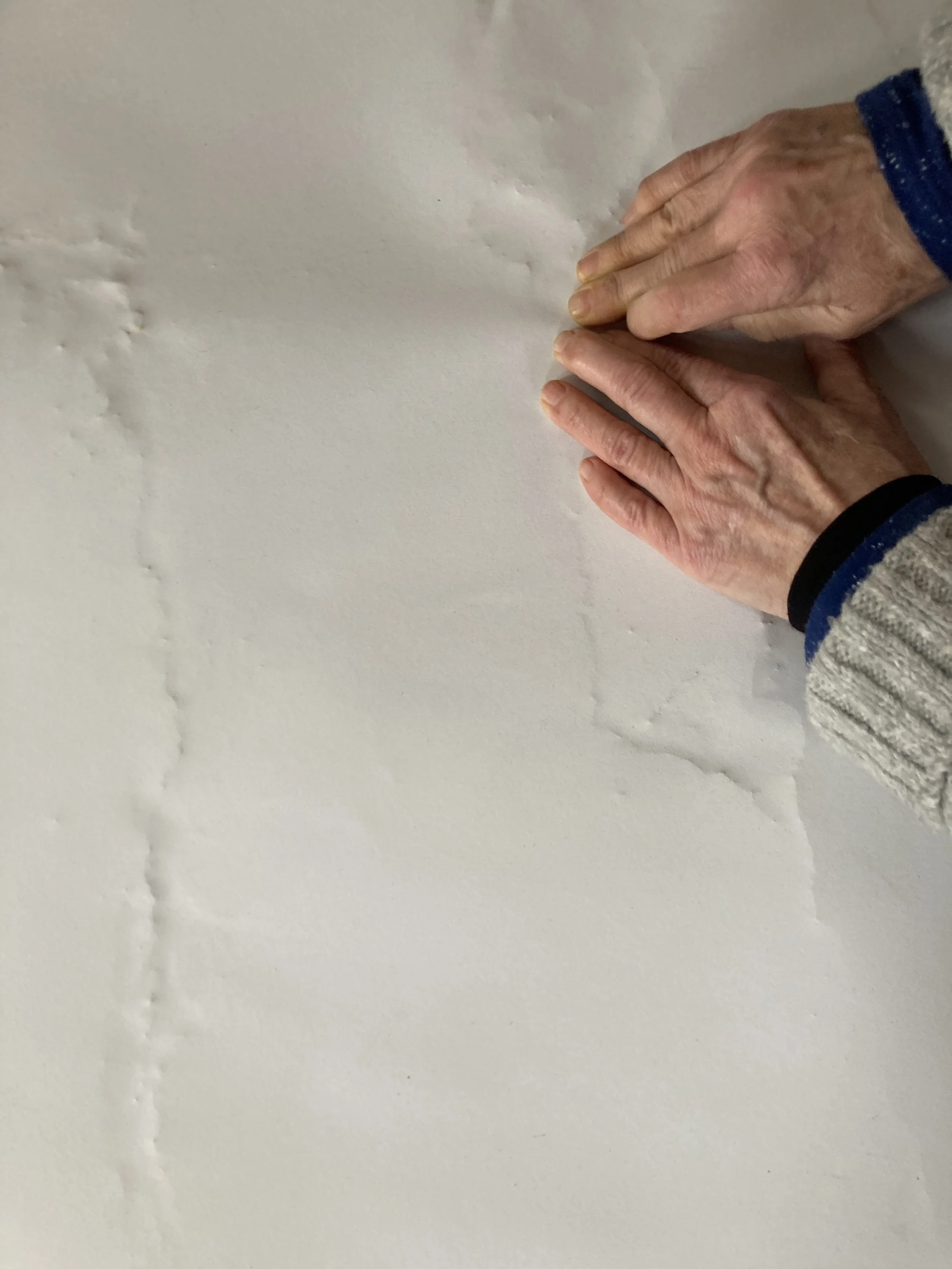
Make It Count
Make It Count is the first Power House project in which Barnet and Watt worked with University of Suffolk Fine Art researchers and undergraduate student artists on and off-site to examine and present existing archival data collection of flora and fauna from Orford Ness that has accumulated over the last thirty years.
Barnet and Watt undertook research in and around the Power House, transforming the building into a temporary pinhole camera, collected colour spectrum data. Alongside these activities, they supported students to research and experiment onsite on a two-day overnight residency as well as off-site experimentation at the University of Suffolk’s studios and workshops.
Make It Count Residency
During Barnet and Watt’s week-long residency in February 2024 they temporarily turned the Power House into a pinhole camera. Once the windows were blacked out and eyes adjusted to the darkened room, a panorama live image looking east was projected onto the wall through the exposed aperture. With the assistance of University of Suffolk’s Senior Arts Technician, Lawrence Woolston, they captured the image on a series of four largescale negative images.
“Orford Ness is a place where nature is in control, the windswept landscape is a surreal environment that can literally take your breath away. The ground pulses with a hidden energy, where nature and human have made their mark, the natural world is now reclaiming the ground and hidden gems of flora and fauna can be found with every step you take. It is a place where you can simultaneously reflect on man's impact on this world and the transforming effect on the soul through time spent in this strange and beautiful place.”
University of Suffolk Fine Art students joined for an overnight stay on the Ness later in the week. They saw first-hand Suffolk’s first breeding colony of seals, the Atomic Research Weapon Establishment buildings up close, dawn atop the Bomb Ballistics Building looking over the shingle ridges and experienced over 50mph winds and lashing rain. Their work for Make It Count documents their responses to the flora and fauna of this incredible place.
“I was captivated by the place and really enjoyed taking in the environment. For me the key thing that stood out was that harsh contrast between the darker military past of the Ness and the way that nature was beginning to take back over the manmade and brutal architecture.”
“...venturing out at dawn to see the sun rise, up on the top of the tower, with the wind humming through the railings, and somehow managing to create ink drawings outside in a wind and rainstorm.”
Make It Count Exhibitions
The resulting work from the residency by the fifteen established and emerging artists included drawing, painting, sculpture, photography, video and text and was curated by Watt and Barnet into two public exhibitions: one at the Power House and a second in the Waterfront Building Foyer at University of Suffolk in Ipswich as part of Ipswich Art Society’s 150th year
-

03/05 - 03/06/2024
Waterfront Building Foyer
University of Suffolk, Ipswich
-
18/05 - 27/10/2024
Power House
Orford Ness












